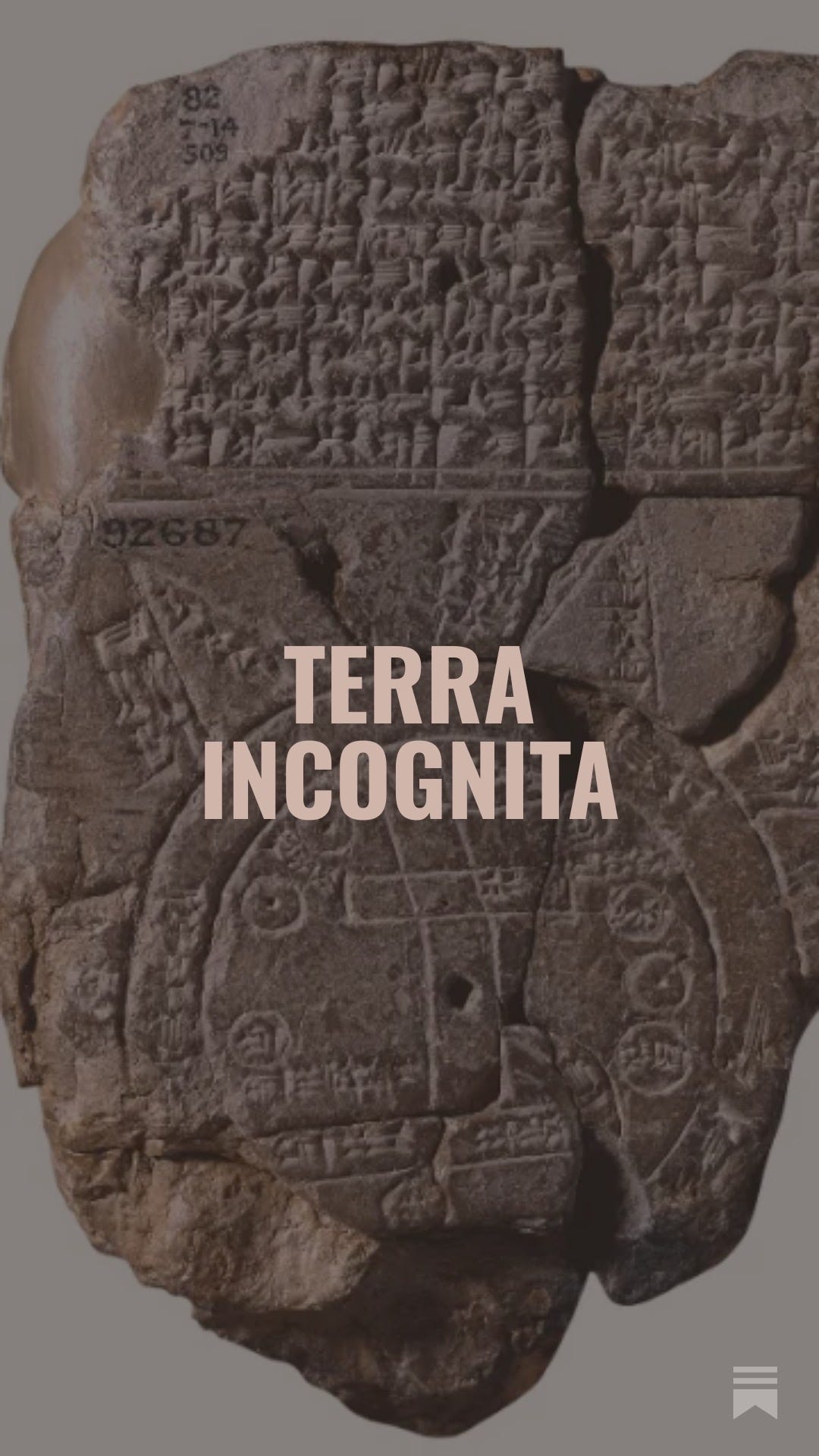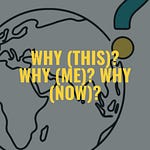Maps are fundamentally reflections of our worldview, not just navigational aids.
Historically, maps placed what was central to a civilisation at the physical centre: the Babylonian Map of the World (c. 6th Century BCE) placed Babylon itself at the heart, reflecting belief and geography. Medieval maps later centered Jerusalem using symbolism over scale.
The appearance of Terra Incognita on early European maps marked uncharted territories, signifying where knowledge ended and possibility began.
Today, global strategist, Sophie Krantz, explores how the common global reference is fragmenting. Instead of sharing a collective frame, modern technologies and national priorities draw diverging versions of reality. We are now arguing over which map to use, rather than what lies beyond its edges.
Maps today illustrate the movement of people, data, and opportunity flow. Strategic choice is key: when leaders label the unknown as risk rather than possibility, they shrink their world. The goal is to choose your vision and redraw the map with intent.
Read the original article by Sophie Krantz, here:











